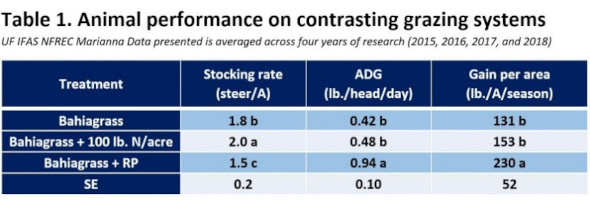Given the current economic situation, when it comes to raising their own replacement heifers, cattle producers need to sharpen their pencils and to ensure profits are still there at the end of the day.
"With all the day-to-day tasks that need to get done, it is easy to stick to tradition and ignore the fact that what has always been done in the past, may not make "cents" this year," said Heather Gessner, SDSU Extension Livestock Business Management Field Specialist.
Below, Gessner, together with Taylor Grussing, SDSU Extension Cow/Calf Field Specialist take an in-depth look at the costs associated with replacement heifers.
"Producers often overlook replacement heifer development plans," said Grussing, of the plans which are most often implemented soon after weaning. "Producers that have not evaluated the cow costs or heifer development costs may not be using the best replacement method for their operation."
Grussing explained that just because heifers have been kept in the past, it does not mean they need to be kept every year.
Here are a few questions Grussing encouraged cattle producers to ask themselves before raising replacement heifers this fall vs. buying replacement heifers.
- Does it make financial sense this year?
- Did you considered the true cost of raising replacement heifers?
- Can value be realized by selling feeder heifers and buying bred heifers later?
- What factors or opportunity costs need to be accounted for when making this decision?
Costs of raising replacement heifers
"Many heifer development expenses do not require producers to actually write a check, thus are often unaccounted for in the heifer development budget," explained Gessner.
These fixed expenses, Gessner said include costs that will occur regardless of the number of heifers kept for development (example: feeder wagon, tractor, pickup).
Another common item missing in the budget, Gessner said, is cow depreciation.
"Cow depreciation needs to be accounted for, especially when purchase price, salvage value and years of service may differ from year to year," she said.
Depreciation Gessner explained, also serves as an indicator when evaluating if replacement heifers are to be raised and developed or bought as bred heifers.
"Value can also be lost because of not taking into consideration the opportunity cost of production," Gessner said.
The heifer calf has a market value at weaning. The bred heifer enterprise should "purchase" the heifer calf at either the market price (sale barn price per pound) or the cow costs incurred to grow the calf from breeding to weaning.
When penciling this out, Gessner recommended to start by assigning values to records in a budget to determine the cost of production, distinguishing direct from fixed expenses (Table 1).
Other expenses/opportunity costs that might not fall into the above categories but may need a value assigned to them include:
- Value of the heifer calf;
- Extra pen/pasture to manage heifers separately from mature cows;
- Extra Bulls - maintenance/feed costs and purchase of calving-ease heifer bulls;
- Pregnancy Rate: 5 - 10% of replacements will not breed and their expenses need to be accounted for (Replacement charge per cow);
- Cull percentage & resale value of culls; and
- Death losses.
Using a budget will help the total costs of raising replacement heifers.
Table 2 gives an example of the cost of production of raising a replacement heifer from 2015 weaning, to fall 2016 pregnancy check.
"These are just some of the things a producer needs to consider when creating a replacement heifer development plan," Grussing said. "Having a heifer development plan can help producers determine the best use of their resources."
The SDSU Extension Specialists all agreed that this is especially true when there are expectations of lower profit margins as a result of depressed market prices.

Click here to see more...